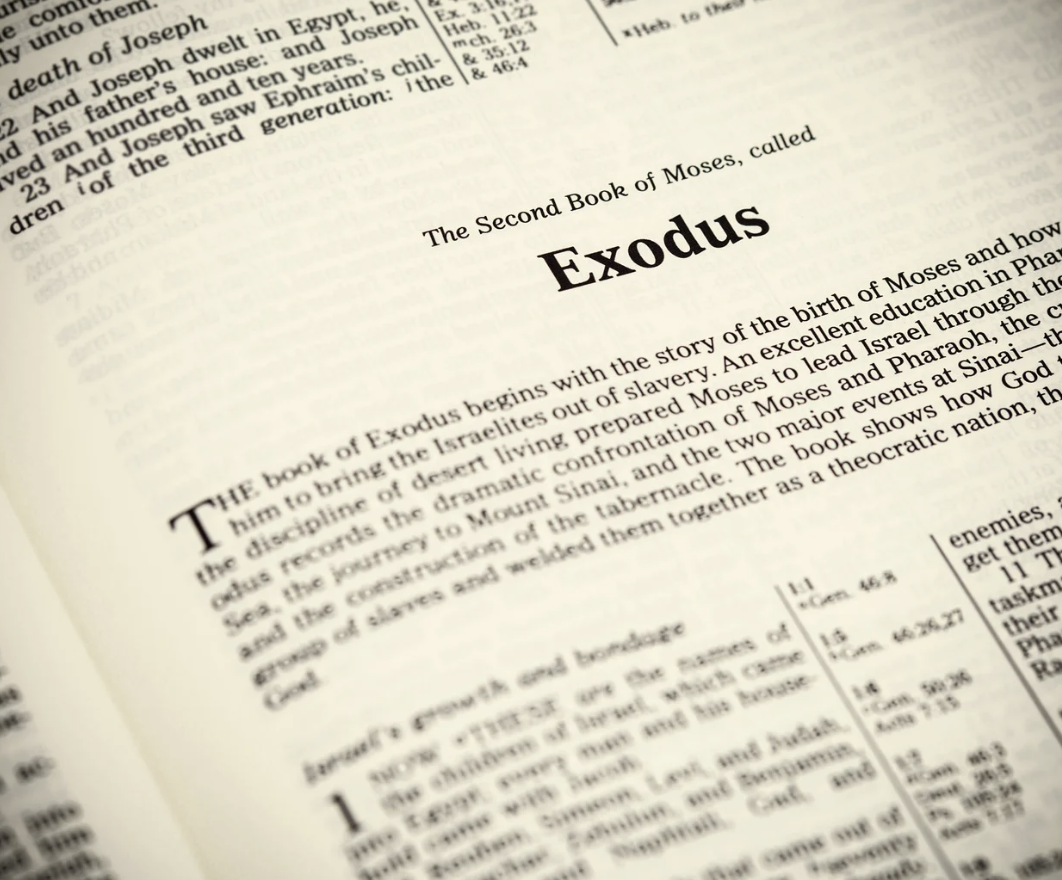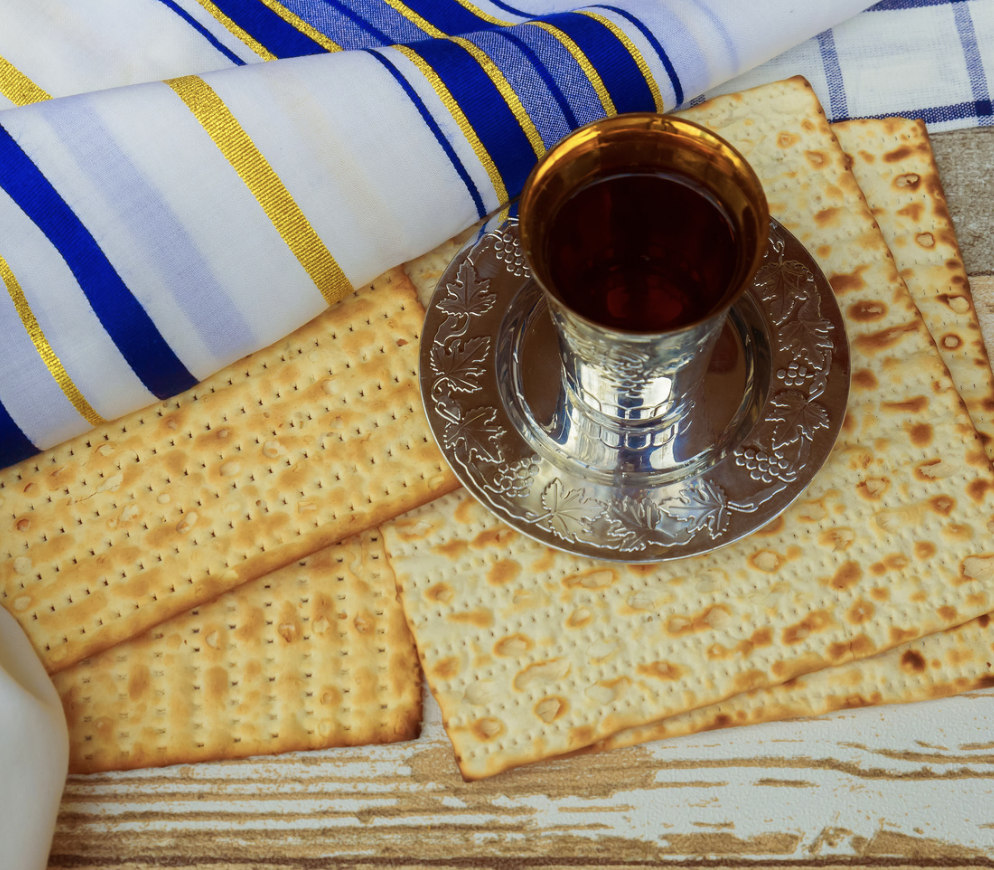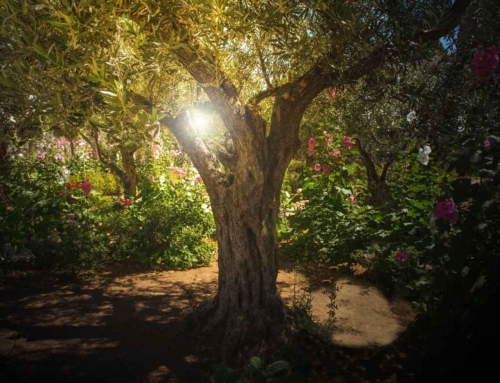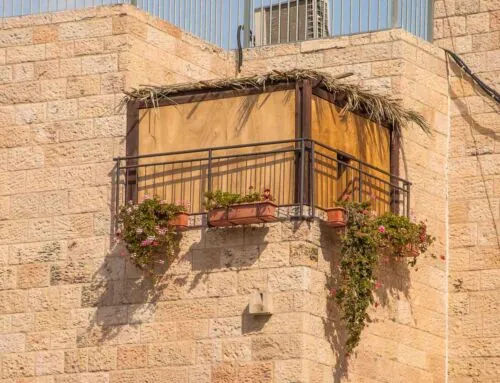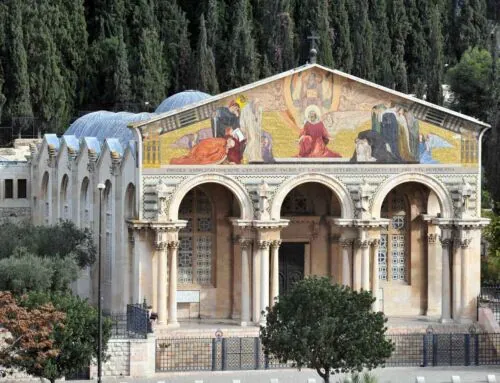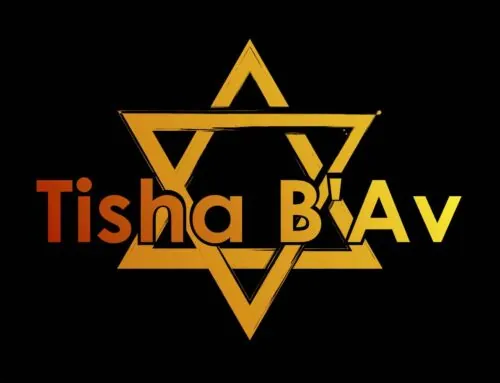The Exodus Story: Journey to the Promised Land and the Celebration of Passover
The story of the Exodus is one of the most powerful narratives in the Bible. It chronicles the Israelites’ escape from slavery in Egypt and their journey through the desert toward the Promised Land. For over 3,000 years, this event has been celebrated annually during Passover, or Pesach as it is called in Israel.
The Exodus: A Journey to Freedom and the Promised Land
The book of Exodus tells of the Israelites’ years of enslavement under the harsh rule of Pharaoh. In their time of suffering, God heard their cries and chose Moses as the leader who would deliver them. Moses, empowered by God, confronted Pharaoh, demanding the release of the Israelites. When Pharaoh refused, God sent a series of devastating plagues, ending in the death of every firstborn Egyptian.
To protect the Israelites, God instructed them to mark their doorposts with lamb’s blood so that thier homes would be skipped (Exodus 12:7). This final plague led to Pharaoh’s surrender, and the Israelites were freed. But their freedom came at a price—their journey to the Promised Land was long, difficult, and filled with trials. God parted the Red Sea (Exodus 14:21-22) to allow the Israelites to escape, and they wandered in the desert for 40 years, trusting in God’s provision and guidance.
The Israelites’ journey to the Promised Land is a metaphor for spiritual growth and the pursuit of freedom, where faith in God leads to ultimate liberation and fulfillment. The Promised Land was a place where the Israelites would be free to worship God and live according to His laws, a land “flowing with milk and honey” (Exodus 3:8). The Exodus story symbolizes God’s promise of deliverance, not just for the Israelites but for all believers, offering hope for those who endure hardship.
Passover: A Celebration of Deliverance
The story of the Exodus is celebrated every year during the festival of Passover. The holiday begins on the 15th day of the Hebrew month of Nissan, marking the beginning of the seven-day observance. It is a time to reflect on God’s faithfulness and His deliverance of the Israelites from slavery. Passover is celebrated with a variety of customs, with the central focus being the Seder meal, where families gather to recount the Exodus story and partake in symbolic foods.
The Seder Plate and its Symbolism
The Seder meal is a carefully structured event, during which specific foods are consumed to represent different aspects of the Exodus story. The Seder plate includes:
- Matza: Unleavened bread, representing the Israelites’ hasty departure from Egypt, when they did not have time to let their dough rise (Exodus 12:39).
- Maror: Bitter herbs, often horseradish, symbolizing the bitterness of slavery.
- Karpas: Parsley, dipped in saltwater, to represent the tears of the Israelites during their enslavement.
- Z’roa: A shank bone, symbolizing the lamb whose blood was painted on the doorposts during the final plague.
- Charoset: A sweet paste made of fruit and nuts, symbolizing the mortar the Israelites used while making bricks for the Egyptians.
- Chazeret: A second form of bitter herb, often romaine lettuce, to emphasize the harshness of their oppression.
Each item on the Seder plate serves as a reminder of the suffering and deliverance the Israelites experienced. Through the retelling of the Exodus story, each generation connects to the struggles of their ancestors, drawing strength from the knowledge that God delivered them then and continues to deliver His people today.
The Unleavened Bread – Matza
One of the key elements of Passover is the consumption of matza, or unleavened bread. In the Bible, Exodus 12:15 instructs the Israelites to eat unleavened bread for seven days during Passover, as a reminder that their ancestors did not have time to let their dough rise before leaving Egypt. This unleavened bread, referred to as matza, is a symbol of humility, simplicity, and the haste with which the Israelites fled Egypt. It is also a symbol of purity and freedom, as yeast (or leaven) is often associated with sin and corruption in biblical symbolism. By eating matza, Jews reaffirm their commitment to purity and their departure from the old ways of bondage.
Passover in Israel: A National Celebration
In Israel, Passover is not only a religious observance but also a national holiday, marking a time for both reflection and celebration. The streets and homes are adorned with special decorations, and the Seder meal is shared by families, friends, and even strangers who gather together to recount the story of freedom.
In Israel, one of the most significant practices during Passover is the cleaning of the home, where all traces of chametz (leavened bread) are removed. This is a physical act of preparation that symbolizes spiritual cleansing and the removal of sin from one’s life. The entire nation pauses to reflect on the story of deliverance, often attending synagogue services where the Haggadah (the text recited during the Seder) is read aloud, connecting generations through the telling of the ancient story.
As we reflect on the powerful story of the Exodus and the freedom it represents, Immanuel Tours wishes all who celebrate a joyous and meaningful Passover. May this season of remembrance draw you closer to the divine promise of deliverance, renewal, and hope. As you gather with family for the Seder, we remember—this is the second Passover with hostages still in captivity. Our hearts are with them and their families, and we continue to pray for their safe return.
Chag Pesach Sameach – Happy Passover from all of us at Immanuel Tours!

